I’d like to think I’m fairly auto savvy, but I’ll be honest, a recent visit to a Sears Auto Center had me immediately dumb founded. I’ve always had an interest in fast and pretty vehicles and I usually try to make sure I am knowledge about car care and maintenance. Turns out, a few things I “learned” along the way about taking care of my car’s tires were completely inaccurate and costing me money!
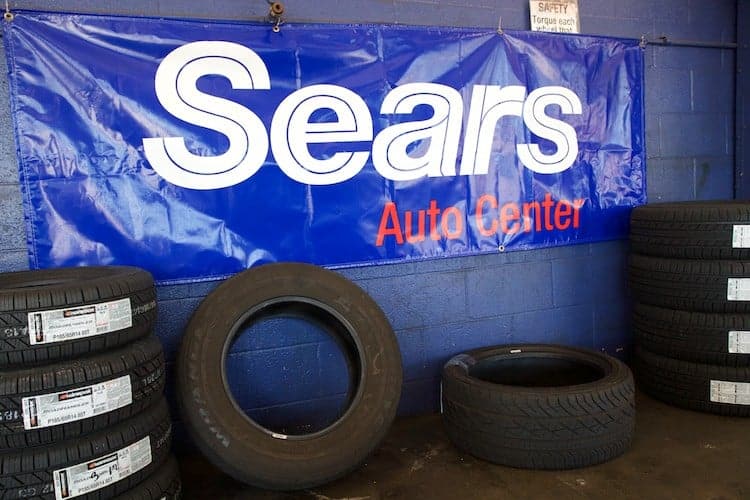 So I challenge you to ask yourself, is what you think you know about maintaining your vehicle’s tires, correct? Are you SURE about that? (HINT: Especially the bit about how much air pressure your tires need). Go ahead and double check with the tire safety outline below. I’m willing to bet you’ll learn something new and possibly even learn that something you thought all along, really isn’t!
So I challenge you to ask yourself, is what you think you know about maintaining your vehicle’s tires, correct? Are you SURE about that? (HINT: Especially the bit about how much air pressure your tires need). Go ahead and double check with the tire safety outline below. I’m willing to bet you’ll learn something new and possibly even learn that something you thought all along, really isn’t!
- What are the warning signs that I may need new tires?
- Uneven wear and cracking
- Tire tread is below 2/32 of an inch in depth (see below for the easy penny test!)
- There are grooves, tracks or cuts in the sidewall
- Bulges or blisters that extend outward from the rest of the surface
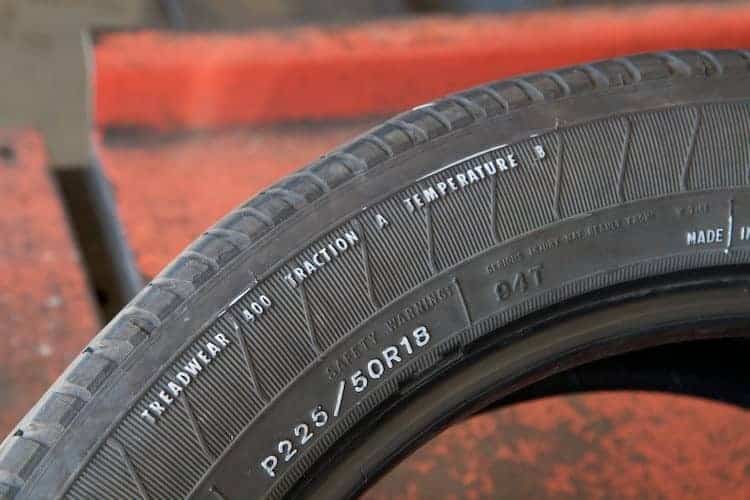
- What’s the difference between tire types? Is there a grading system?
- Uniform Tire Quality Grading (UTQG): printed on the sidewall, a tire’s UTQG consists of three factors and is assigned by the tire manufacturer. UTQG is listed as follows: Treadwear XXX Traction X Temperature X. These ratings can be compared within the same brand but not across brands.
- Treadwear: the numeric portion of the UTQG, the tread wear grade is a comparative rating based on the wear rate of the tire when tested under controlled conditions on a specified government test track.
- Tread wear grades are not a guarantee of actual tire mileage as factors such as driving habits, climate and road characteristics impact tire longevity.
- Traction: traction grades range from AA – C, with AA being the highest and C being the lowest. These grades represent the tire’s ability to stop on wet pavement as measured under controlled conditions on specified government test surfaces of asphalt and concrete.
- Temperature: temperature grades range from A – C with A being the highest and C being the lowest. These grades represent the tire’s resistance to the generation of heat at speed.
- Treadwear: the numeric portion of the UTQG, the tread wear grade is a comparative rating based on the wear rate of the tire when tested under controlled conditions on a specified government test track.
- Uniform Tire Quality Grading (UTQG): printed on the sidewall, a tire’s UTQG consists of three factors and is assigned by the tire manufacturer. UTQG is listed as follows: Treadwear XXX Traction X Temperature X. These ratings can be compared within the same brand but not across brands.
And what do the above numbers mean to you, as an everyday driver? Well, the higher the treadwear number, the longer the tire should last under normal conditions. Usually high performance vehicles (think Corvette) will ideally want a tire with AA or A grade traction and temperature ratings, but if you drive a conservative eco-friendly electric vehicle, then C rated tires would be just fine for you.
I had the opportunity to meet with a Sears Auto Maintenance Technician one-on-one to learn how to properly maintain my tires and am sharing what I learned below. If you’d like more information, be sure to check out these informative articles online
- Tires 101
- Tire Size Decoded
- Emergency Scenarios: Tire Blowout
- Winter Tire Options
- Video: Proper Tire Maintenance
6 Proper Tire Maintenance Tips
Maintain proper tire pressure
Did you know that many people make of the mistake of using the numbers ON THE TIRES as a guide for inflation? Did you know that this is entirely INCORRECT?!??! (I know, mind=blown, right?) You car actually requires the exact same tire pressure, regardless of what type, make or brand of tire! The correct information is displayed on the inside of the driver’s side door or in the vehicle owner’s manual.
- Under- and over-inflation of tires creates excessive heat and stress, which can lead to tire failure and cost you money!
- SAC experts recommend checking tire pressure once a month and before big trips.
Do the penny test
Tires with worn tread have reduced traction and are more likely to hydroplane or fail. You can visually check the tread markers (those little bridges you see in between the treads here)
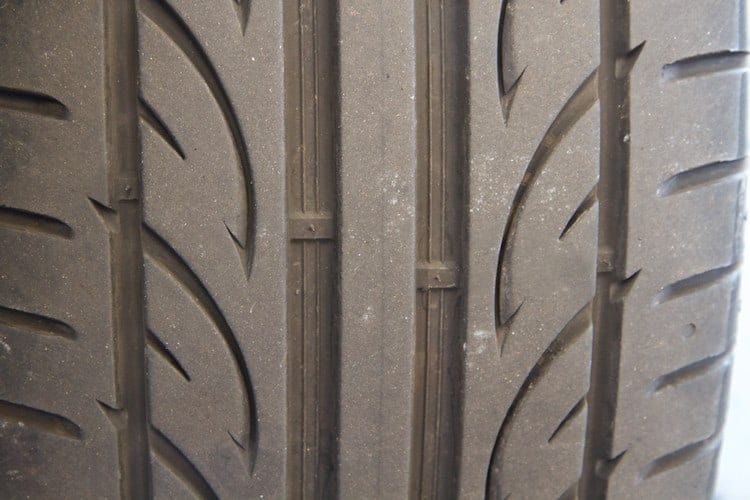
OR
Use a penny to check your tires’ tread depth: when holding a penny upside down, if the top of Abe Lincoln’s head doesn’t disappear within the tread, your tires are unsafe and need to be replaced.
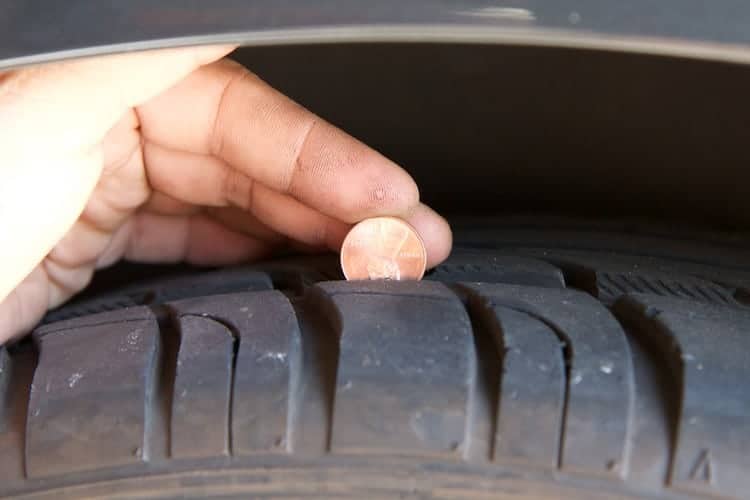
Visually inspect your tires
It’s a good habit to check tires routinely for any objects which may have penetrated the exterior or bulges, gouges, cuts or irregularities on the sidewalls. You should also check the tread to make sure there are no unusual tread wear patterns which could indicate larger issues like misalignment.
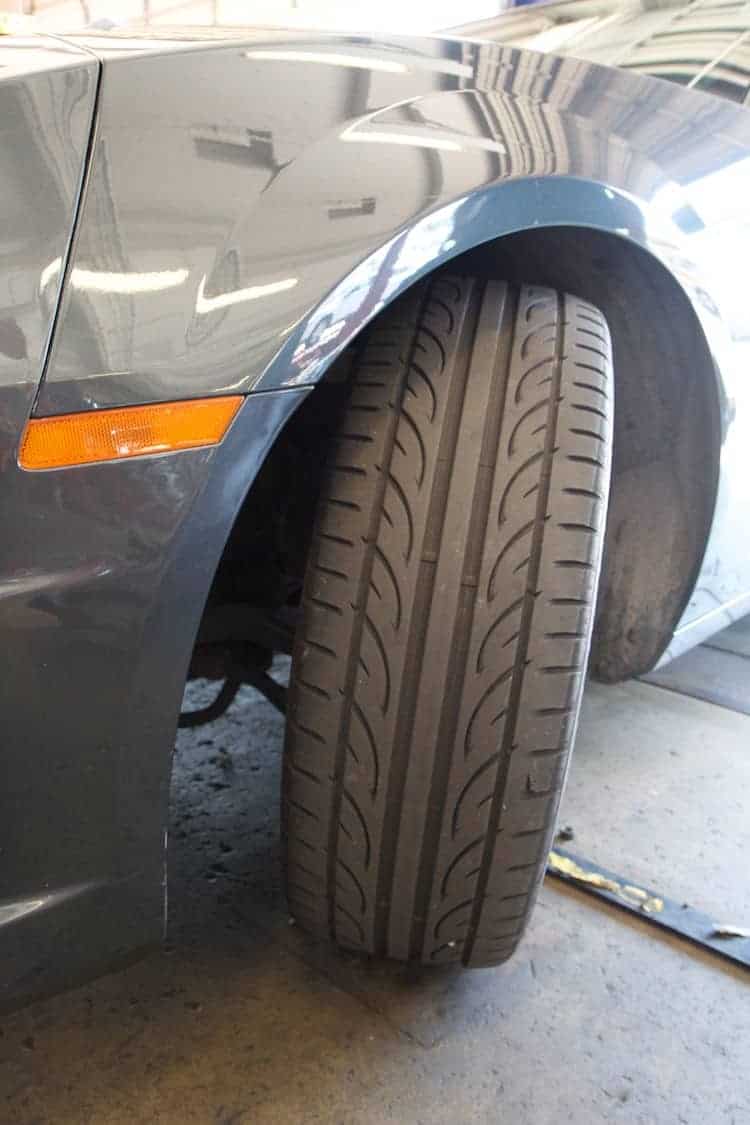
The easiest way to do this on your front tires is to simple turn the wheel. This gives you a nice full view of the tire and if it is wearing evenly.
Rotate your tires regularly
- Tire rotation can prevent irregular tread wear.
- While there’s no universal recommendation for rotating your tires, the vehicle owner’s manual contains mileage recommendations for rotation.
- SAC recommends rotation every 5,000 to 8,000 miles if no recommendation is listed.
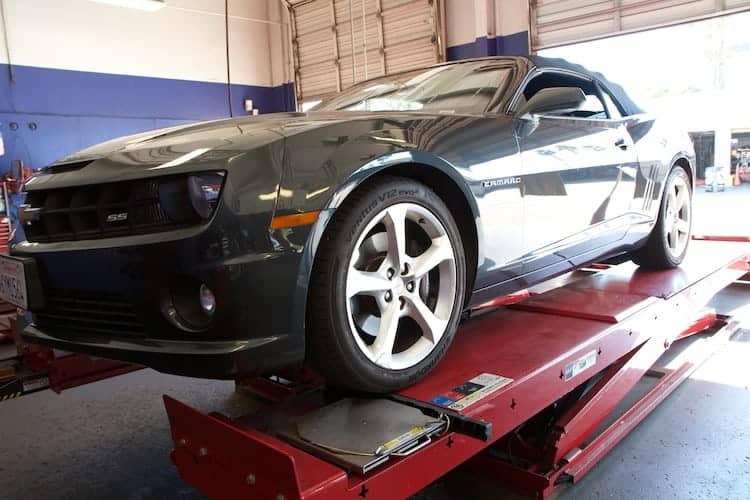
Monitor tire age
Tires usually last between three and five years, depending on climate and driving patterns. You never want to install a tire that is more than 10 years old (the manufacture date can be found on the tire itself). Also, if you drive your car very little, like me, it is important to keep an eye on tire age because you may never reach the point of wearing them out, but they will begin to crack.
Check your alignment
So many people only do this when purchasing/installing new tires. Improper alignment can cause premature tread wear, so it’s actually a good idea to have it checked regularly!
Sears Auto actually has this super high tech machine called the Hunter Hawkeye Elite that gives a precision alignment using lasers and a computer. Avoid irregular tread wear like the wobbles seen on the right side of this tire.
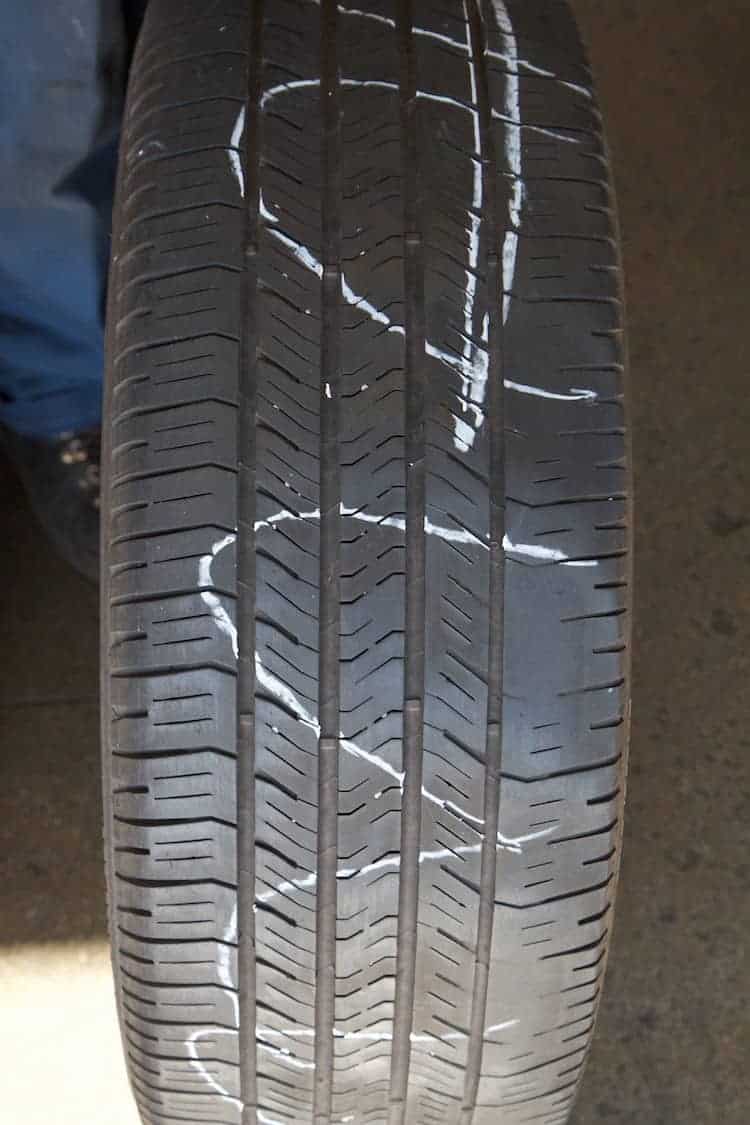
This post is written on behalf of Sears Auto Center. I visited a location near my home and was provided a short educational experience in order to share this post with you. All opinions remain my own.
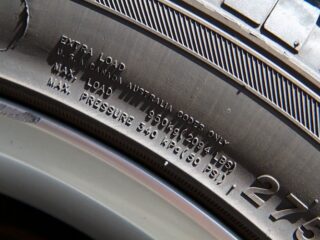
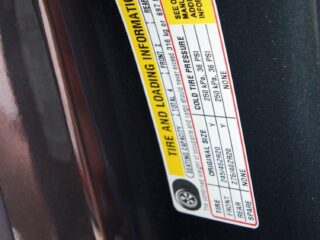
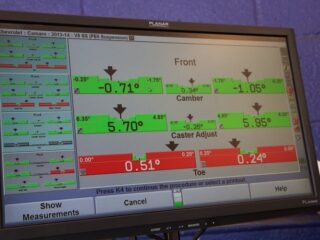
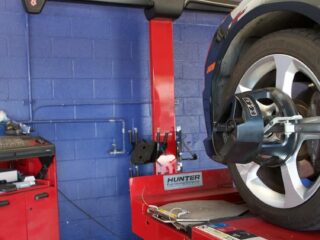
Awesome tip with the penny. I’m sure I have to check my tires after work.
The penny test !
I love the penny test! These tips are great. Thank you and have a Happy Day!
I did not know about the the penny test
I did know about checking the treads with a penny. What a great tip!